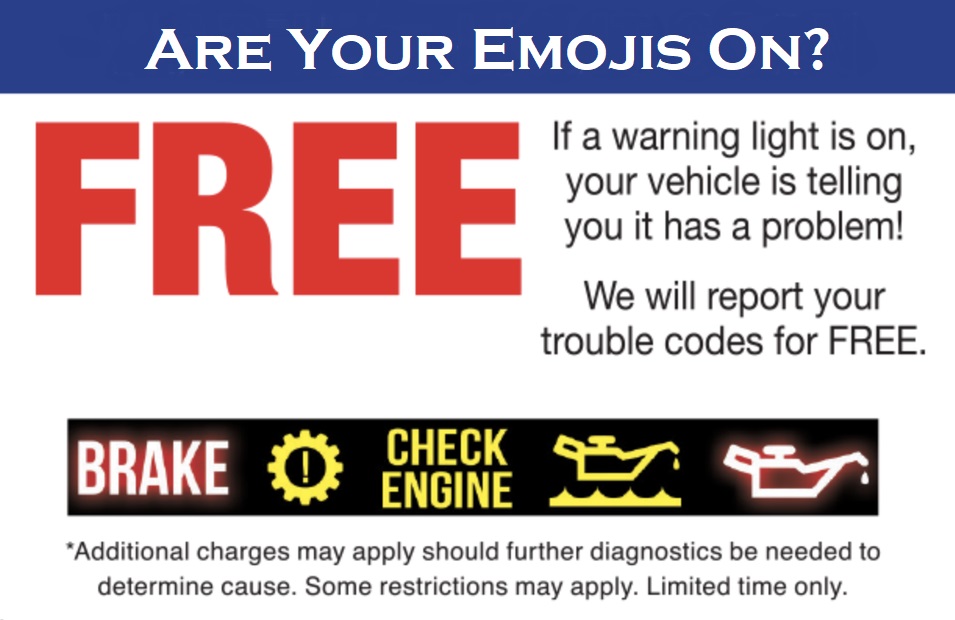A Car Maintenance Schedule for Everyone
January 29, 2020 10:46 pm Leave your thoughtsThe 30-60-90 schedule is an easy way to remember that certain parts of your vehicle need to be checked, changed or replaced when it reaches 30,000, 60,000 and 90,000 miles. However, many drivers wonder if every maintenance suggestion in the manual is essential to the function of their car. For example, some components (rubber gaskets, hoses, wiper blades, tires) will wear out at different times for everyone, depending on use and how the car is driven.
Keep a regular car maintenance schedule in Chino, CA to avoid major auto problems down the road. Here’s how.
Regular maintenance
Regular vehicle maintenance includes oil and filter changes and basic checkups of many of the most critical parts of your car:
- Oil and filter change: The oil and oil filter need to be changed regularly—every 3,000 to 6,000 miles for traditional oil, or every 5,000 to 10,000 miles for synthetic. This service is crucial, because over time, the bits of dirt, dust, metal and carbon that end up in the oil can cause excessive wear on the motor.
- Basic check: Many auto service centers include a basic check of the tires, parts under the hood and more. Most will also rotate your tires with every oil change.
Maintenance before 30,000 miles
At this stage, it’s time to have the air and fuel filter checked, and possibly changed:
- Air filter: A super-dirty or clogged air filter can suffocate your engine, which can have a negative impact on its performance. Change the air at 15,000 to 30,000 miles (closer to the 15,000-mile mark if you drive in dusty environments often).
- Fuel filter: A clogged fuel filter will cause the engine to run rough or stop working, which is why manufactures suggest replacing this part around 30,000 miles.
Maintenance before 60,000 miles
The more miles on your car, the more maintenance it requires:
- Battery: Age, extended periods of non-use and extreme temperatures affect car batteries. Most batteries last four to five years, which lands around the 50,000- to 60,000-mile mark.
- Brakes: A good set of brake pads can last up to 50,000 miles, but will wear out eventually. As for rotors, these parts can be ground down smooth again at around 60,000 miles.
- Fluids: Replace brake fluid every 20,000 to 45,000 miles, and flush and replace coolant at 60,000 miles. As for transmission fluid, manual transmission vehicles need a change between 30,000 and 60,000, and automatic transmissions between 30,000 and 100,000.
Maintenance before 90,000 miles
Vehicles creeping up to the higher mile range need additional checks and changes:
- Hoses and power steering: Your mechanic will inspect (and probably change) the hoses around 90,000 miles, looking for wear and damage. The power steering fluid should be flushed and replaced around 75,000 miles.
- Spark plugs: Quality spark plugs last up to 100,000 miles, or 30,000 miles for less expensive versions. Your mechanic can check the plugs, but they will need a code reader to check the ignition system.
- Timing belt: Timing belt failure can lead to catastrophic damage. So, if your car has a timing belt instead of a timing chain, it’s important to change it between 75,000 and 90,000 miles.
Let Gabriel’s Automotive & Towing in Chino, CA help create a personal car maintenance timeline for you. Call us today to schedule an appointment!
Categorised in: Car Maintenance
This post was written by Writer

